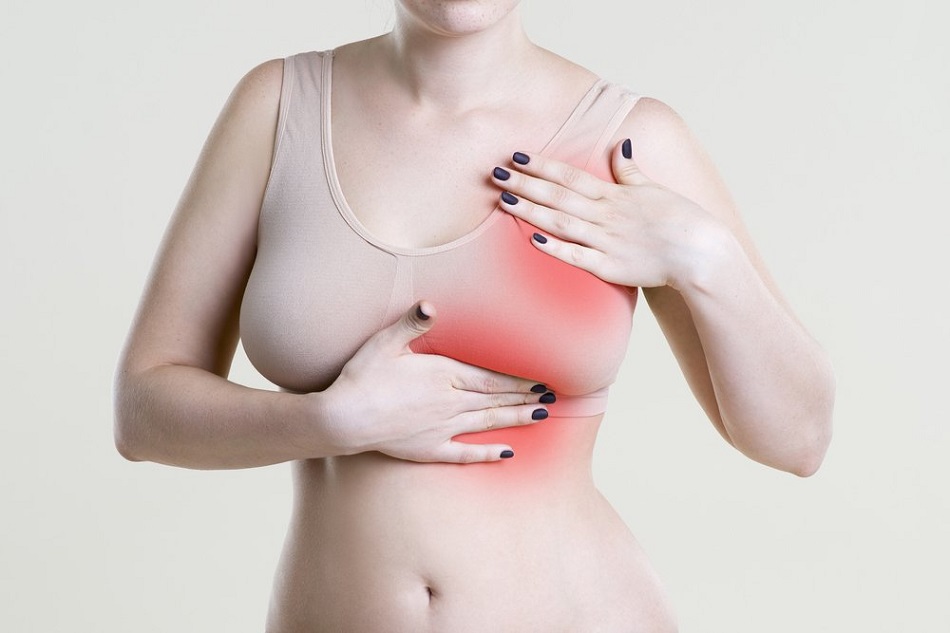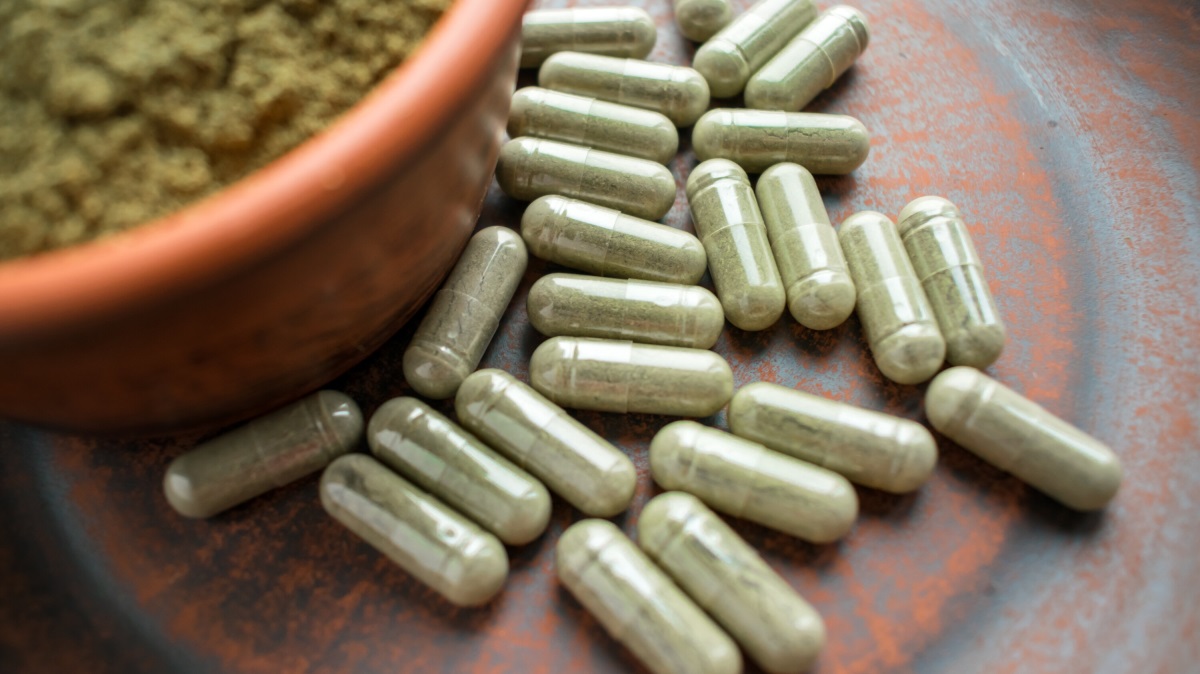A part of the body on the chest called breast is usually associated with women as the main function of it is to feed the offspring. It is also regarded as an external identification of femininity or part of sexual attractiveness. Surprisingly, men also have breasts but it is usually not that visible and not functional like in women. Just like any other body parts, the breast is also susceptible to getting affected by disease. You may want to ask a doctor if you see any weird or possible signs on the breast. One of the many conditions that may make breasts look differently is breast hematoma.
Hematoma is a collection of blood that can happen anywhere on the body. The blood has pooled and then clotted. This is typically due to the presence of broken or damaged blood vessels. A breast hematoma refers to hematoma that forms within the breast tissue. It is often resulted from blunt injuries, commonly motor vehicle accidents or injury after breast surgery such as mastectomy.
Symptoms of breast hematoma vary depending on the severity and location of the hematoma. Common symptoms include swelling that may be painful or warm to touch, bruising that ranges from red to purple colour, pain that may be constant or increase with movement or pressure and numbness or tingling in the breast or nipple. In some cases, it may be difficult to move the arm on the affected side. In rare cases, it can cause fever which may be a sign of infection.
Breast hematoma is diagnosed through the presence of symptoms and physical exam on the breast. This will also include assessment of medical history such as questions on recent trauma, injury or surgery to the breast. Doctors may run imaging tests to confirm the presence of hematoma in the breast. Imaging tests that are commonly used are breast ultrasound. In some cases, MRI or mammograms are more helpful. Doctors may perform a fine needle aspiration or biopsy to collect a sample of fluid or tissue from the hematoma for further testing.
Once a person is diagnosed with breast hematoma, treatment is given. Treatment will depend on the size of the hematoma. In small-sized hematomas that do not swell rapidly, patients may treat hematomas at home. Most hematomas will heal on their own and take about 4 to 6 weeks to heal. Many hematomas can be managed with a compressive bra or elastic bandage wrap. Placing ice packs to the affected area and over-the-counter pain medications can further alleviate symptoms. Still, patients need to be monitored closely for any signs of infection or other complications. For large breast hematomas or those with significant pain, this may require surgery. Surgery involves draining the accumulated blood from the hematoma using a needle or an incision to the breast to remove the blood clots. Surgeons may also remove any damaged tissue and perform reconstruction procedures when needed. Drainage tube may be placed after surgery to remove excess fluid or blood from the breast.
Breast hematoma typically is not a serious condition or sign that breasts are not healthy. However, it is wise to get checked by a doctor to ensure nothing concerning is happening. A breast hematoma can be dangerous when left untreated as it may lead to complications such as infection or tissue death. In some cases, large hematomas place pressure on the blood vessels which eventually restrict blood flow and potentially cause tissue damage. Furthermore, if hematoma is caused by injury or trauma to the breast, there may be underlying damage to the breast tissue or other structures. This will need further medical attention.
A breast hematoma can form a lump that is palpable below the skin. It may be the same type of tugging pressure as tumour. This may cause the skin above it to pucker, ripple or dimple. Some may mistake this as a symptom of breast cancer but the difference between dimpling in breast hematoma is it will disappear as the bruised area heals and this is in contrast with dimpling in breast cancer or tumour as the dimpling usually persists.
Since breast hematomas are caused by sudden events, it may be hard to prevent it. Research shows that hematoma is the common complications after biopsy which account for 13% cases and breast hematoma occurred after breast surgery is about 30%. It is best to ask doctors what can be done to prevent developing breast hematomas. Among ways to reduce risk for getting hematoma are avoid massaging, bumping or compressing in the breast, avoid medication with blood thinning-properties such as aspirin and to wear compression garments such as support bra. Patients are also advised to skip activities that put excessive strain on the chest muscle such as weightlifting. Always keep the site of the surgery clean by practising proper hygiene and following the surgeon’s instructions for care and cleaning.



